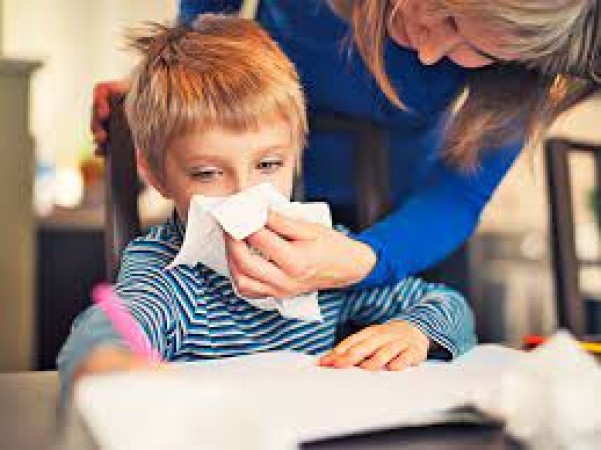
Ensuring your baby stays warm is crucial, especially during the first six months of their life. Babies are more vulnerable to temperature changes, and a cold body can lead to discomfort and potential health issues.
Recognizing when your baby is getting cold is the first step in addressing the issue promptly. Look out for:
Pale skin in infants can be an early indicator that they are feeling cold. When the body temperature drops, blood vessels near the surface of the skin constrict, leading to paleness. To address this, it's essential to take immediate action to warm your baby.
Excessive crying is one of the primary ways infants express discomfort. If your baby's cries are more intense or prolonged than usual, it's crucial to consider their comfort, especially in terms of warmth. Cold can be a significant factor contributing to increased fussiness.
The extremities, such as hands and feet, are often the first areas to feel the effects of cold. If your baby's hands and feet are noticeably cold to the touch, it's an indication that their body may be losing heat. This necessitates immediate attention to regulate their body temperature.
Shivering is a physiological response to the body's attempt to generate heat through muscle activity. In infants, shivering can be a sign that they are cold and trying to maintain their body temperature. Addressing this promptly is crucial to prevent further discomfort.
Layering is an effective strategy to regulate your baby's body temperature. Dressing them in multiple layers allows you to adjust their clothing according to the ambient temperature. Use breathable fabrics to prevent overheating while ensuring they stay comfortably warm.
Swaddling mimics the secure feeling of the womb and helps regulate your baby's body temperature. The snug wrap prevents heat loss and provides a comforting environment, promoting better sleep and overall well-being.
Choosing the right blankets is crucial for keeping your baby warm without risking overheating. Use warm, breathable blankets to provide an additional layer of insulation, ensuring your baby remains comfortable without feeling too hot.
The room temperature plays a significant role in your baby's comfort. Maintaining a consistent and comfortable environment helps regulate their body temperature. Use a reliable thermostat to ensure that the room stays within the recommended temperature range.
Skin-to-skin contact has numerous benefits, including temperature regulation. Holding your baby close allows your body heat to transfer to them, providing warmth and creating a strong emotional bond. This practice is particularly beneficial for premature infants.
A gentle warm bath can be an effective way to raise your baby's body temperature. It not only provides warmth but also offers a soothing experience. However, it's crucial to ensure that the water temperature is suitable and that you closely supervise your baby during the bath.
Drafts can significantly impact the ambient temperature in the room. Conduct a thorough check for any drafts and take preventive measures, such as using draft stoppers or sealing windows, to create a draft-free environment for your baby.
The head is a major source of heat loss in infants. Using a soft and snug hat helps prevent heat dissipation, especially in colder conditions. Ensure that the hat covers their ears for added protection.
While most instances of coldness can be addressed with simple interventions, persistent coldness may indicate an underlying issue. If your baby's body temperature remains low despite your attempts to warm them, it's essential to seek advice from a healthcare professional to rule out any medical concerns.
Difficulty in breathing is a serious concern and requires immediate attention. If your baby exhibits labored breathing, wheezing, or other signs of respiratory distress, seek medical help promptly to ensure proper evaluation and intervention.
Bluish discoloration of the skin, especially around the lips or extremities, is a critical sign of inadequate oxygenation. This condition, known as cyanosis, demands immediate medical attention to assess and address the underlying cause.
Ensuring your baby stays warm is a crucial aspect of early parenthood. By being vigilant and taking immediate action, you can provide a comfortable and safe environment for your little one. Remember, each baby is unique, and it's essential to tailor your approach based on your baby's individual preferences and needs. In conclusion, being attuned to your baby's cues, implementing preventive measures, and seeking medical advice when necessary contribute to a holistic approach in keeping your baby warm and healthy.
If you want to reduce the risk of cancer, then stay away from these food items and drinks
Along with removing obesity, this grass tea will give you soft and glowing skin